I had my regular blood tests done recently and this time prior to taking it, I didn't try to 'control' the outcome which meant eating food I 'preferred' versus food I 'should be eating'. Mind you, I have a few healthy habits firmly ingrained- less or no sugar at all, low carb, low sodium- so it wasn't like I went crazy. But I did go crazy- on fats.
I loooove fats. At parties where lechon is served, all I would have is a plateful of lechon-belly, just warm enough to feel the pork fat melt in my mouth like butter.
My food diary for those eight weeks was filled with eggs (around half a dozen a week), bacon (every week), chicken wings and mayonnaise- mayo with chicken, mayo with eggs, mayo on white toast on days when I allowed myself to eat white bread (twice a month).
The thing with fats is that it's filling; I never feel hungry, hence, I never feel compelled to snack (to be fair, I haven't been a snacking sort of person). But obviously, having a predominance of fats in one's diet would have consequences even if you're physically active. I tried to google, 'do you burn all the fat that you eat' and it gave me a trove of conflicting answers.
And that's the annoying thing about food and dieting- the obstacle is science itself- when it can't decide definitively if eggs are really bad for you or not. But worry less on what's on the outside and more what the state of your body is by the numbers. With an ideal (total) cholesterol level of less than 4.0 mmol/L (according to NZ health guidelines), mine read 6.2. My current GP frowns at anything over the prescribed level as all doctors should I guess, but for me, it wasn't that bad- maybe I should've shown her my food diary. I was expecting it to be way, way higher.
So ditched the bacon for now and hoping for better numbers in the next couple of weeks when I do another blood-test.
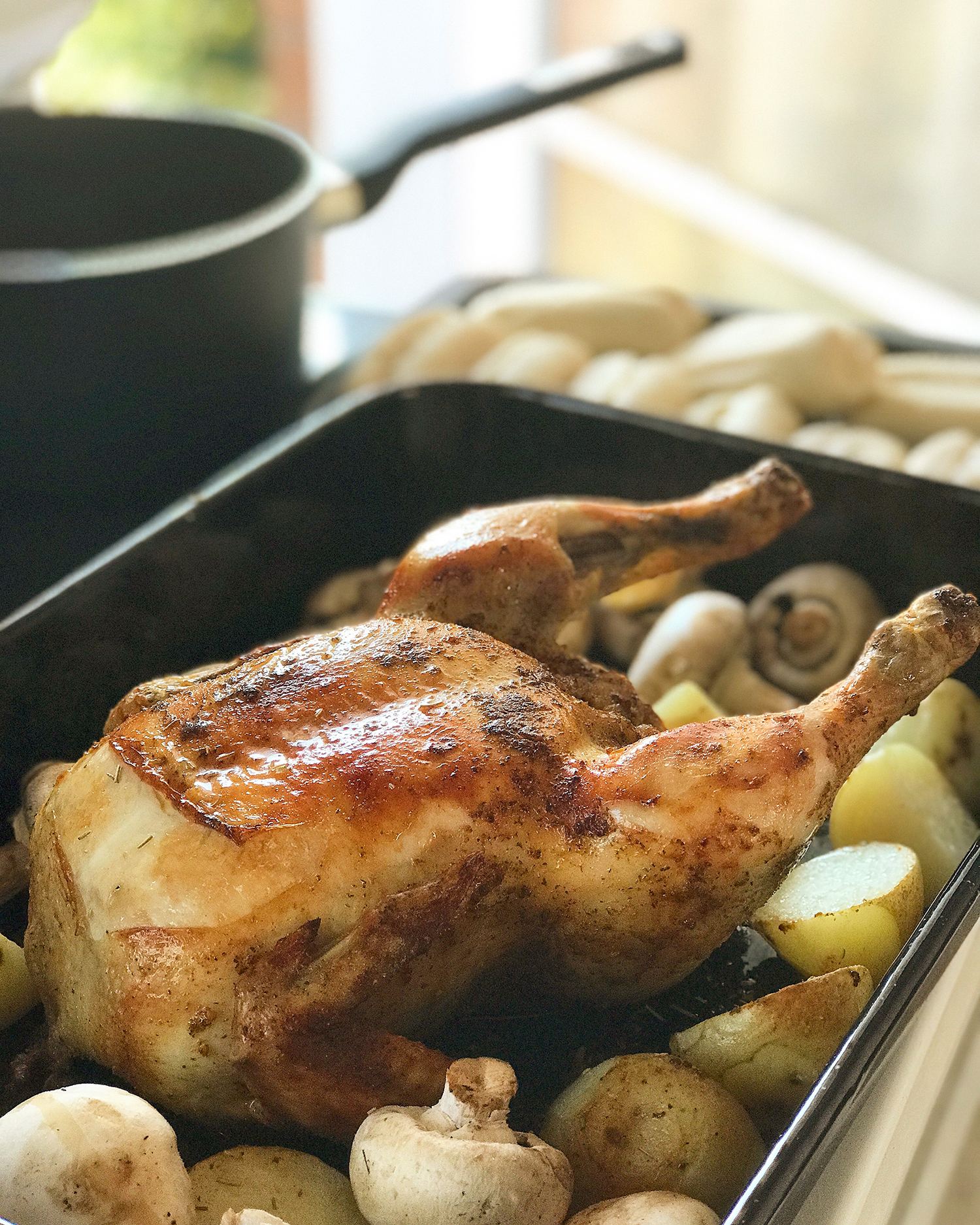
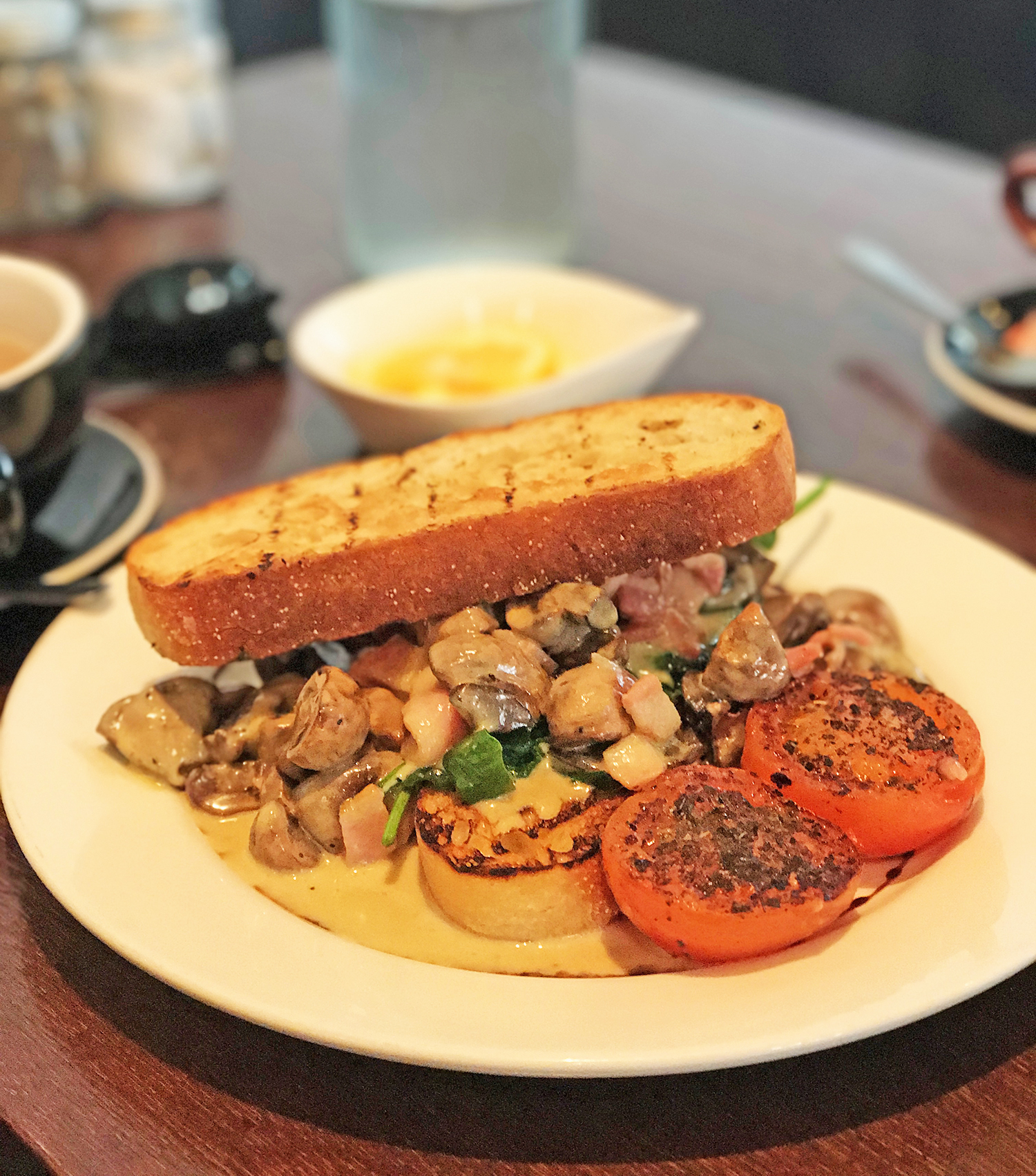
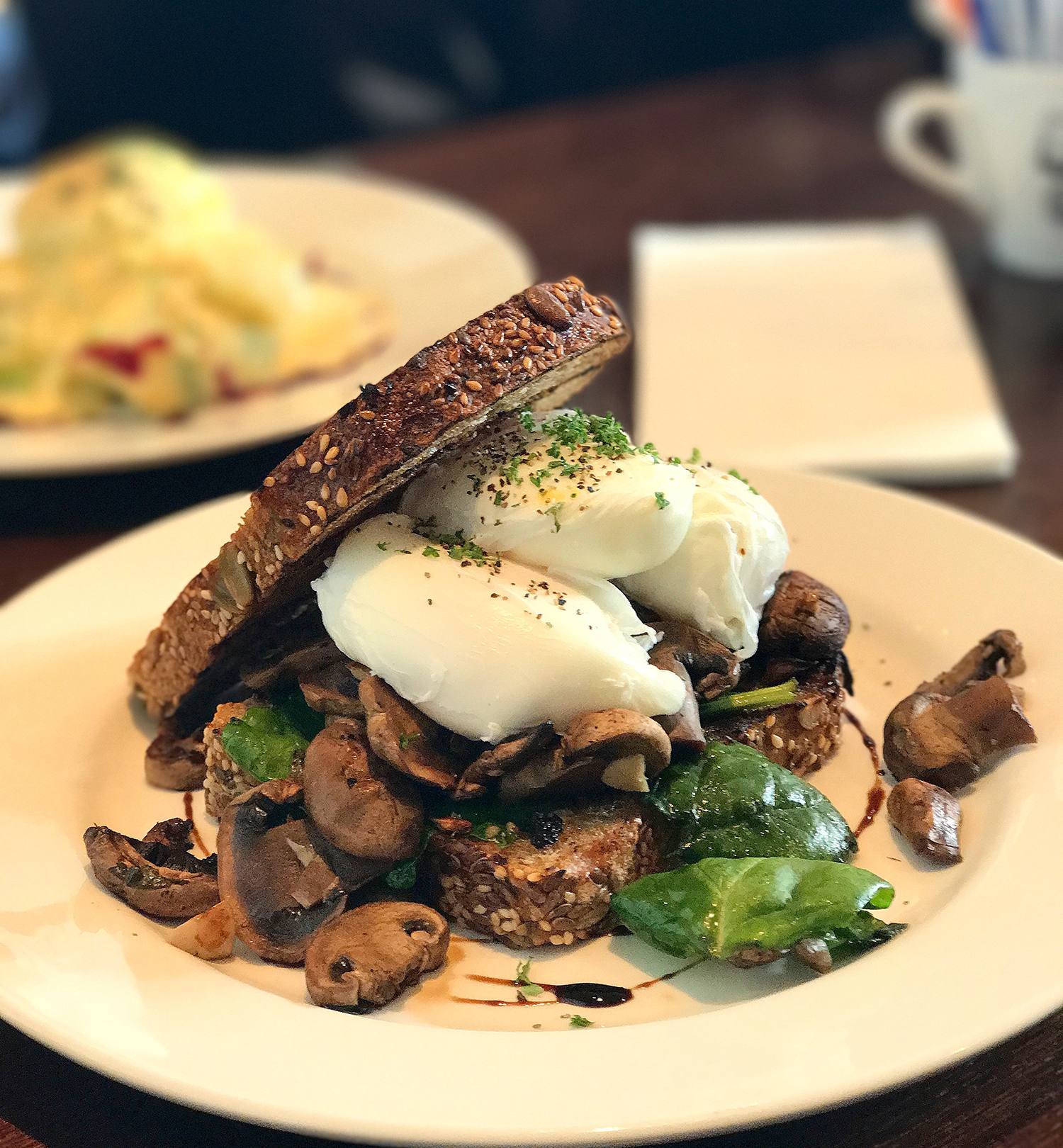
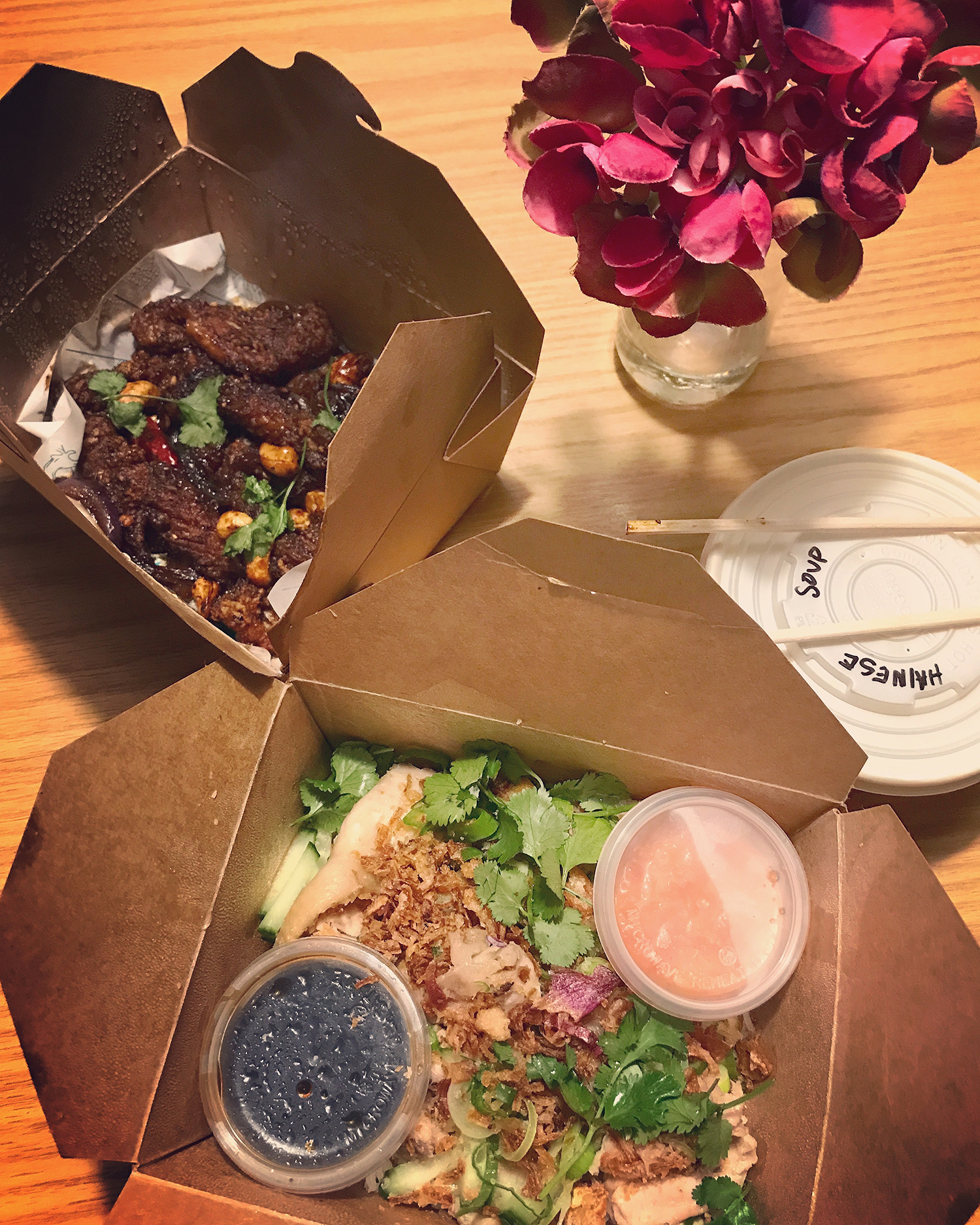
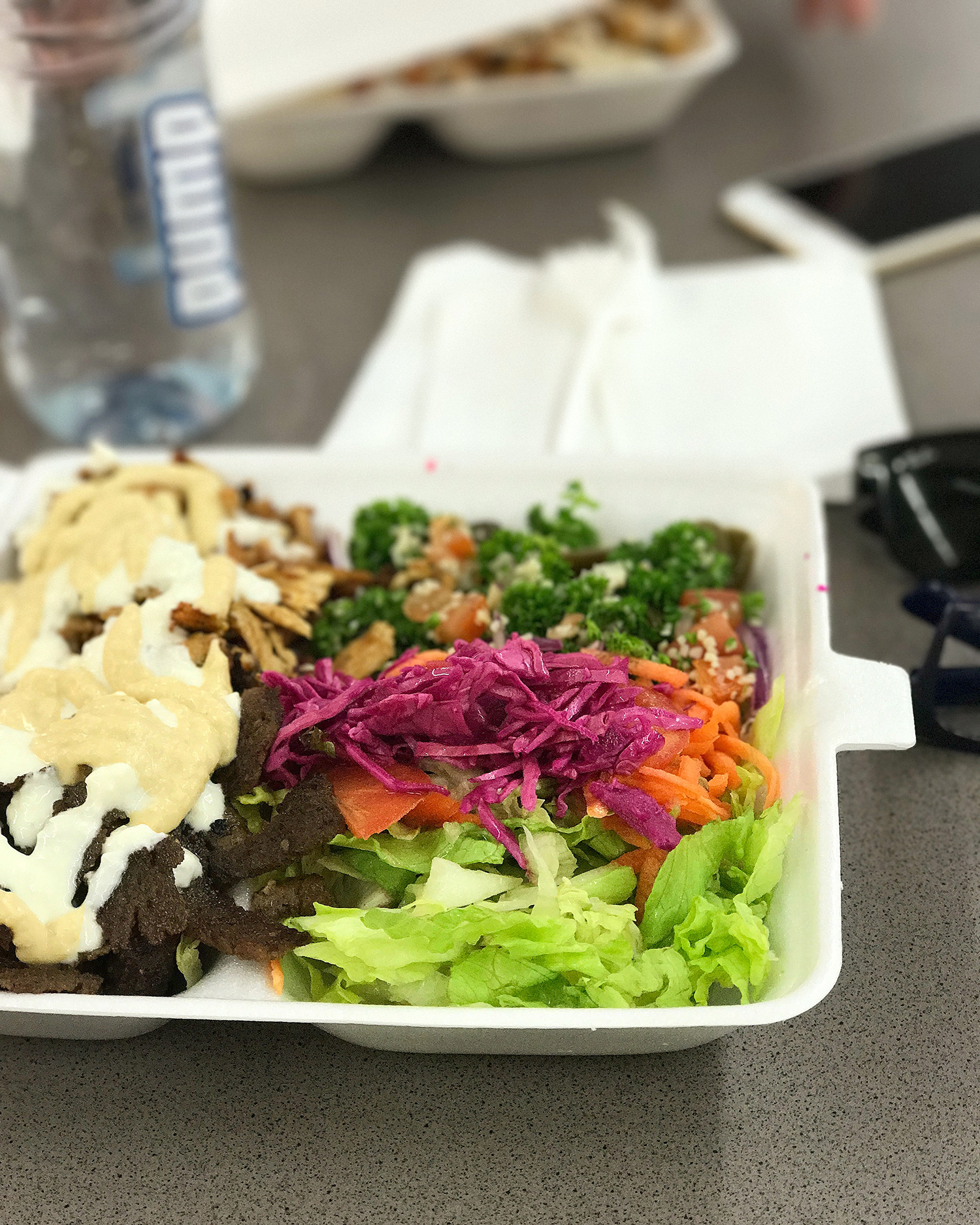
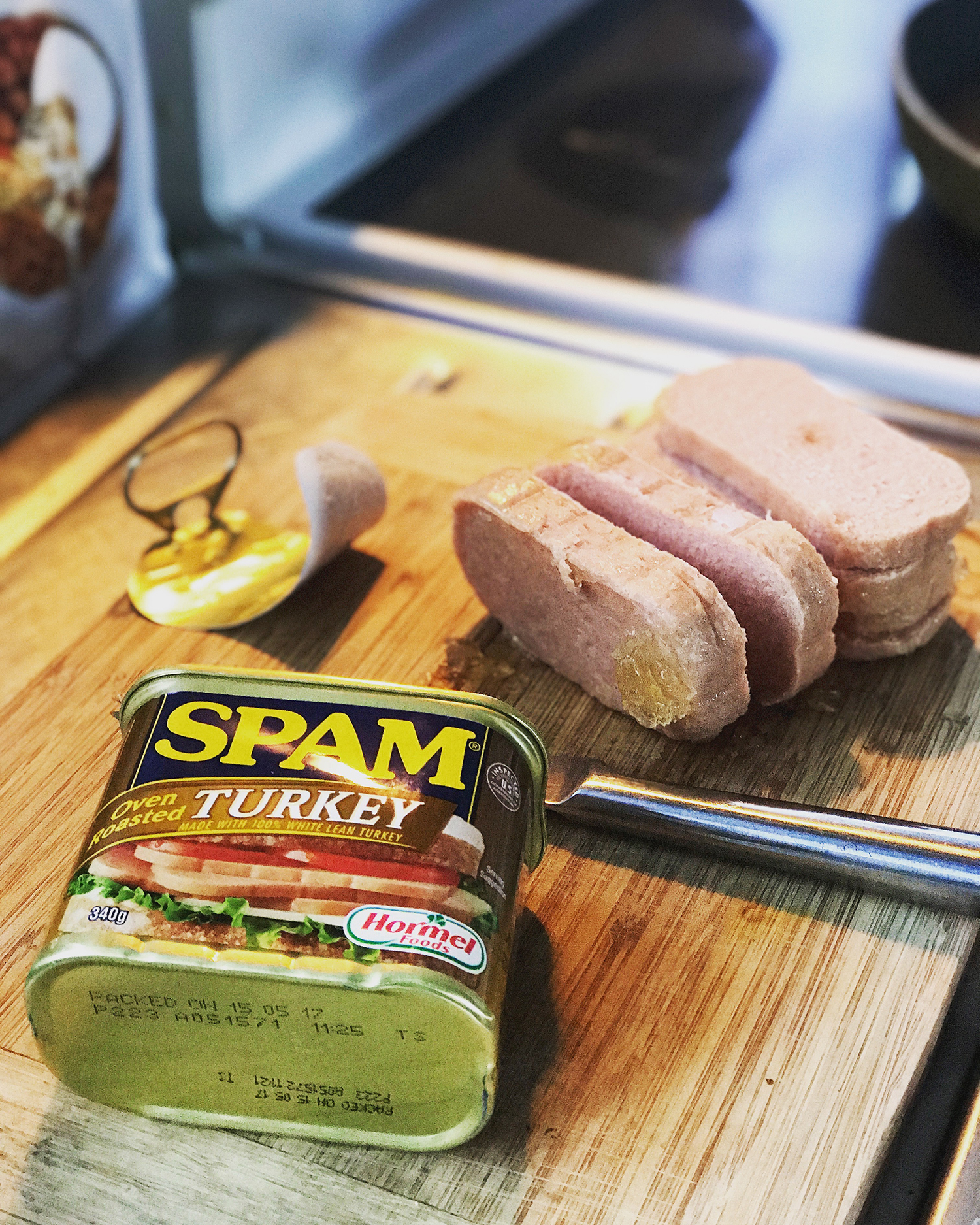
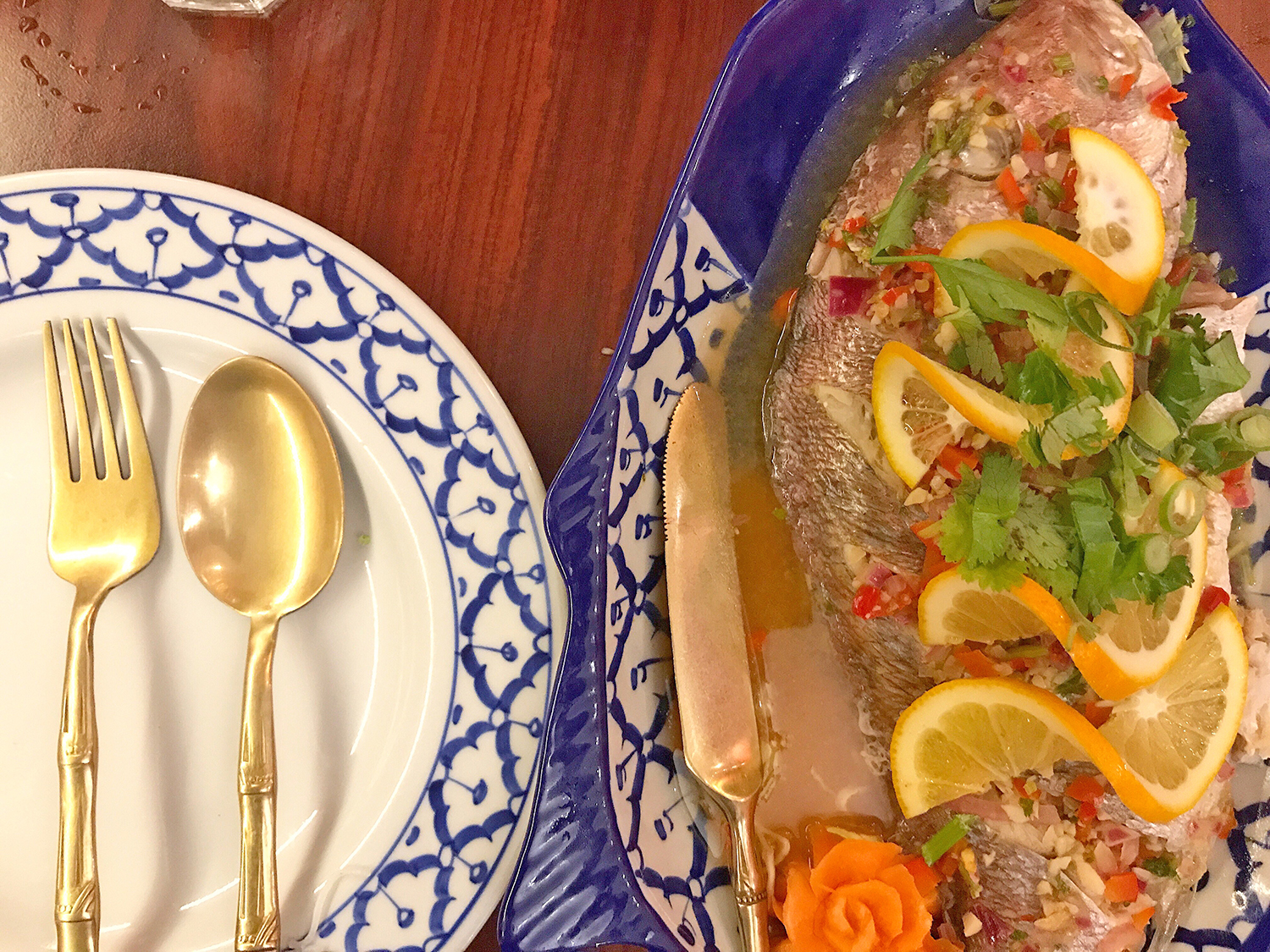
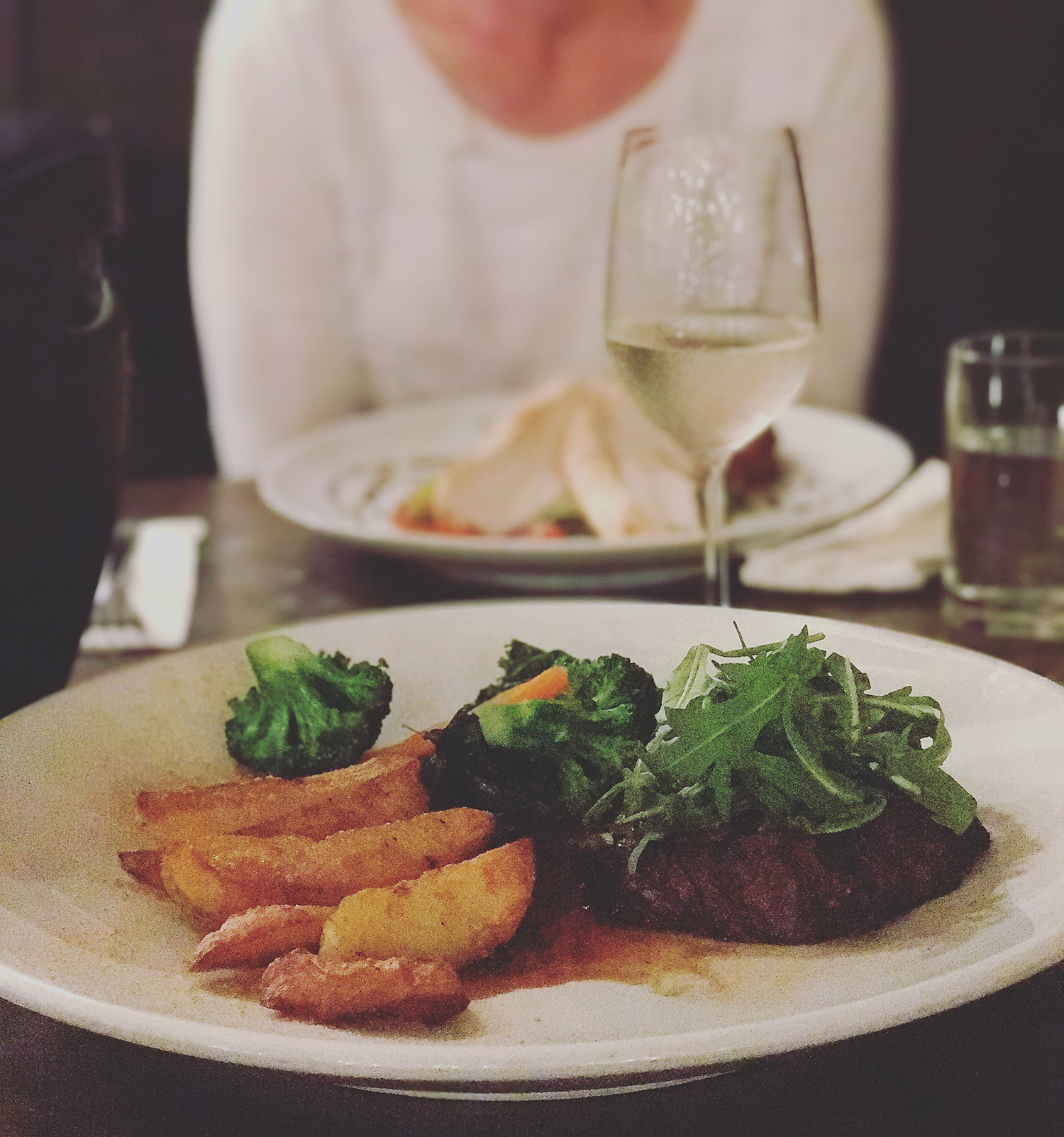
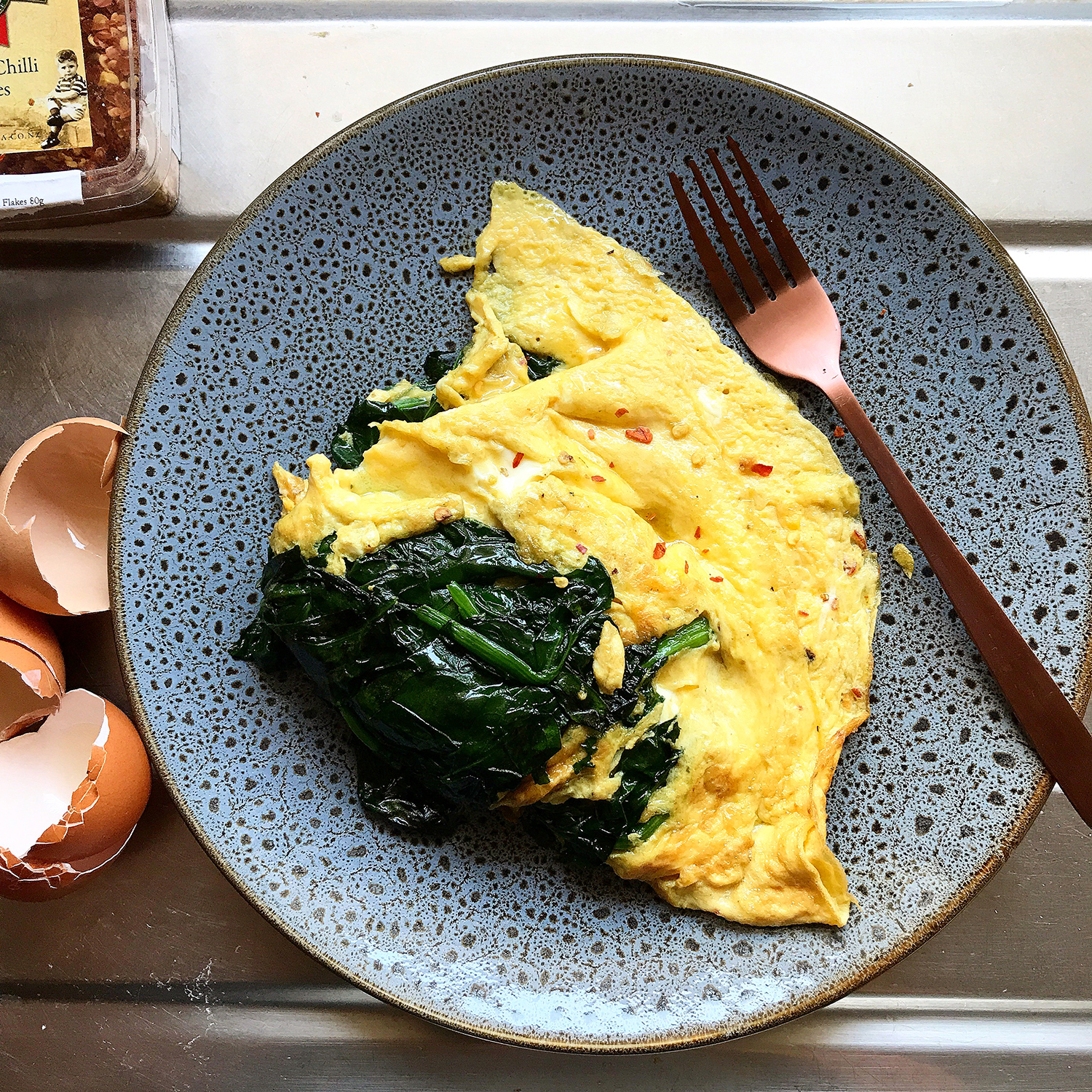
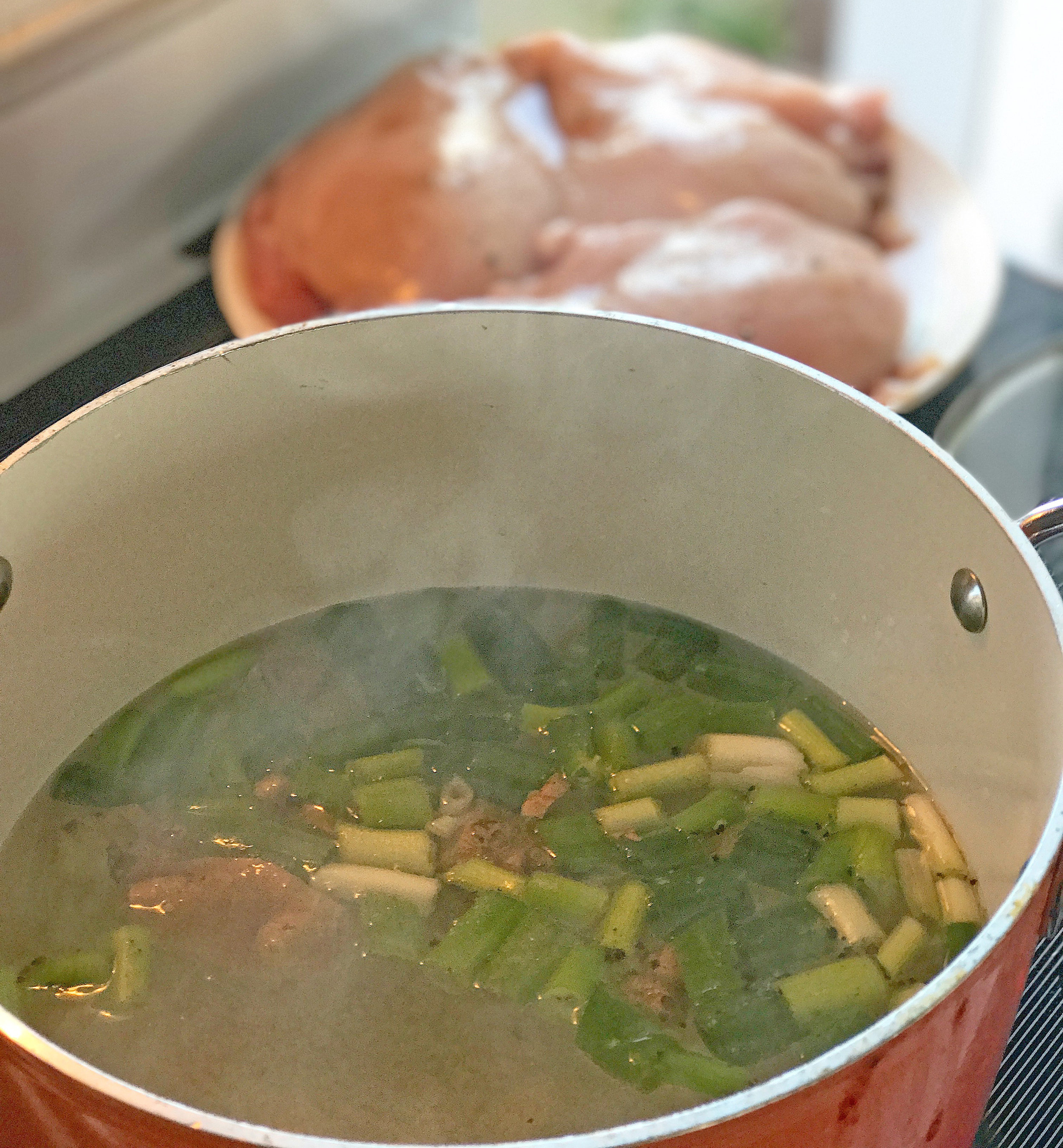
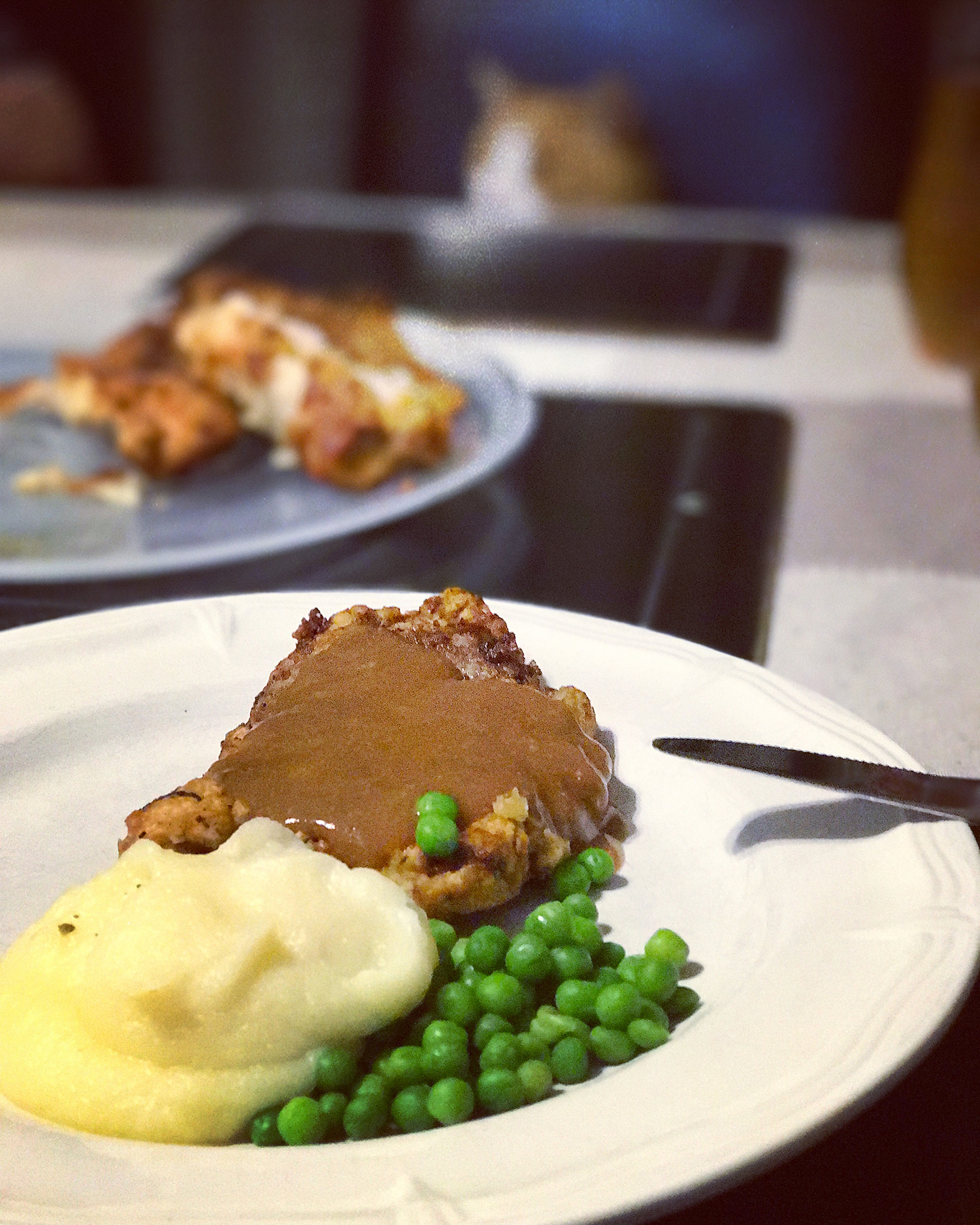

DID YOU KNOW?
Your liver typically produces approximately 75% of the cholesterol circulating in your blood - a diet high in saturated fat stimulates the liver to produce more cholesterol.
The remaining 25% of your cholesterol is derived from the food you eat. This dietary cholesterol is present in animal foods – mainly in dairy products, meat, egg yolks, offal and shellfish. It is not present in plant foods.
For these reasons, the saturated fat and cholesterol content of the food you eat are likely to have a strong influence on your blood cholesterol levels.
Other factors that may influence your blood cholesterol levels include:
- Genetic susceptibility to high cholesterol
- Medical conditions such as diabetes and liver or thyroid disorders
- Being overweight
- Physical inactivity
- High stress levels.
(via Southern Cross NZ)

















